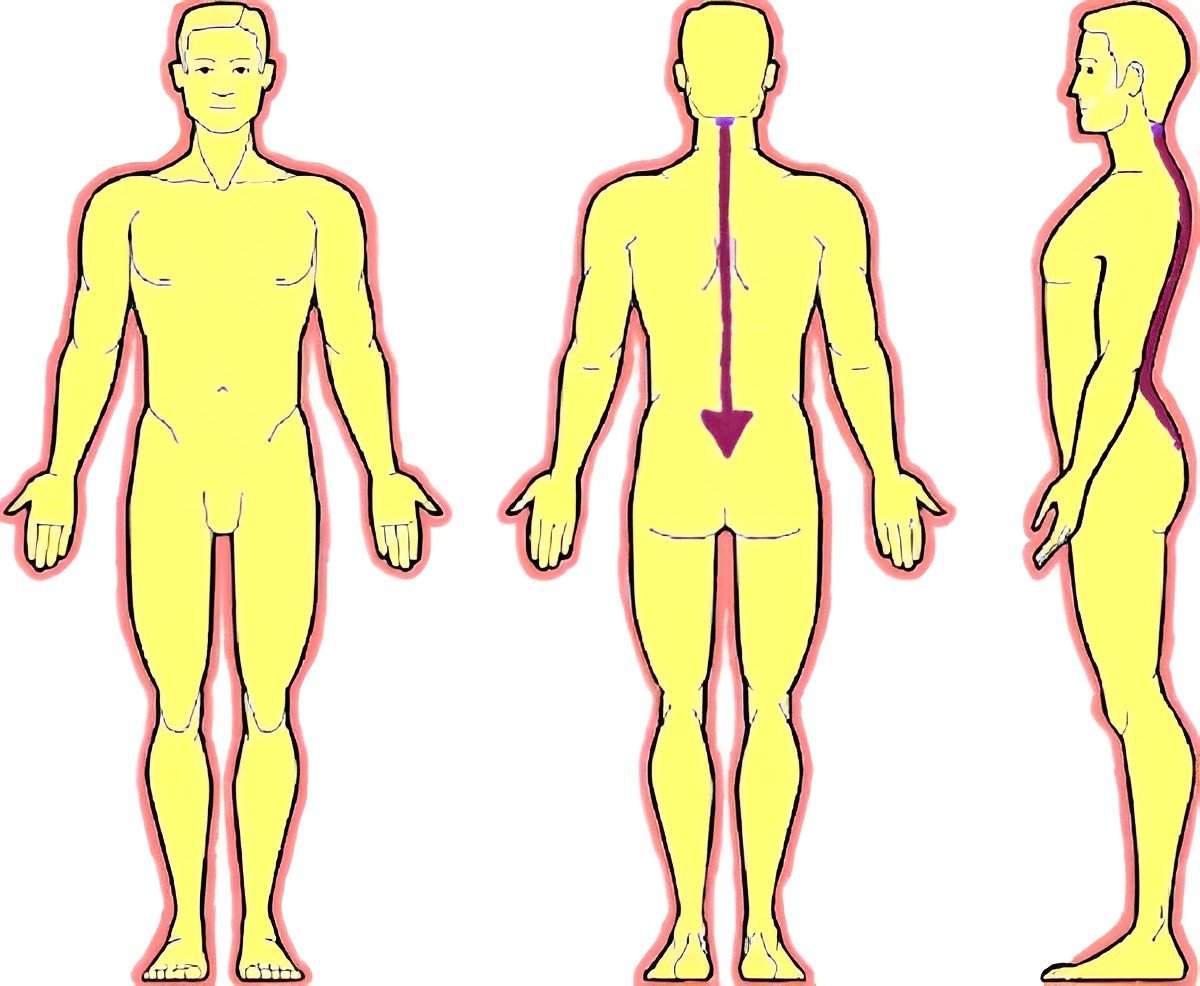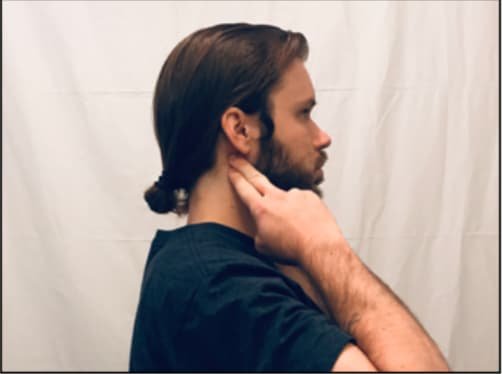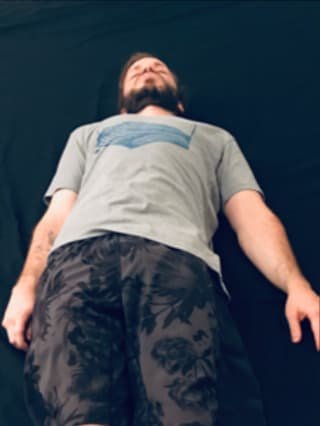Aligning C-1
JOINT RELIEF
BENEFITS:
Increased fully body health and function*, C1/Sacral balance, overall subtle posture improvement
*Effects of C-1 misalignment: insomnia, nervousness, headaches, head colds, high blood pressure, migraine, nervous breakdown, amnesia, chronic tiredness, dizziness, sinus trouble, allergies, pain around eyes, earache, fainting spells, certain cases of blindness, crossed eyes, deafness.
When the first vertebrae of your spine (C-1) is out of alignment with your head, it may cause a series of adverse effects that can be described as— nothing short of— widespread (effects listed below). This mobility technique allows you to realign a potentially misaligned C-1 in a very safe manner. In doing so, you will help your body restore function by shifting this relationship towards its natural state of harmony.
Test: Begin by laying on your back and placing a finger behind each ear. Slide down the back of your ear until you end up in the ‘pocket’, right behind your ear lobes. From within the pocket, let your fingertips travel onto the hump of muscle, opposite your earlobe. Push down on both sides of this muscle and take note of this feeling. Which side feels more tender? Once you know which side is more tender, continue to lay on your back to begin this mobility technique.
Keep your feet and shoulders where they are and slide your hips sideways, along the floor two-to-four inches, towards the same direction as the palpated tenderness. This position should feel mildly awkward. Rest in this position for about a minute and fifteen seconds. You can set a timer and just hang out. After your timer goes off, lift your hips and bring them back to a neutral laying position (where you began).
Retest: Check for changes in C-1 by pressing in the same area you were instructed to apply pressure at in the beginning. The reduction or elimination of tenderness indicates a successful C-1 realignment.
QUICK REFERENCE:
1. Push down on the rounded muscle, located a half-inch behind each ear lobe, simultaneously. When applying to pressure to both sides, which side feels more tender?
2. Lay flat on your back and slide just your hips on the floor over to the same side as your tenderness, about two to four inches. Lay here in this slightly awkward position and wait for one minute and fifteen seconds. Return your hips to neutral and recheck your tenderness.






